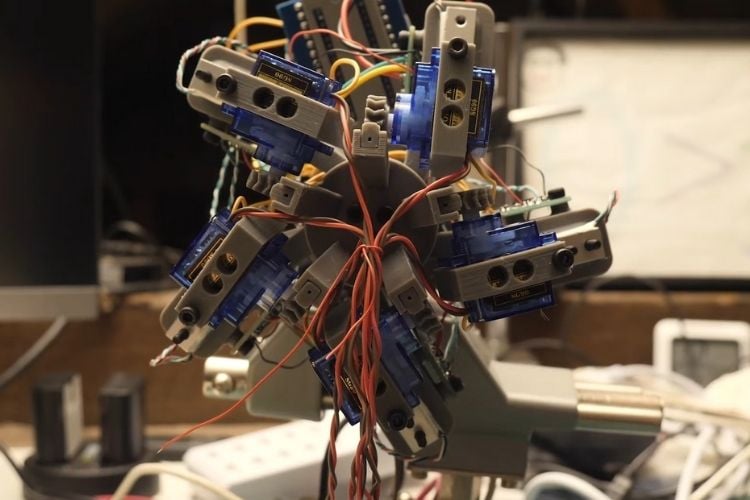
In an ambitious experiment, a creator built a robotic lockpicker that can identify internal lock pins without a camera. It relies on force sensing and Hooke’s Law. This improves on previous versions of the project that took a brute-force approach, which cost up to a week trying every possible pin combination.
The new version uses RC servo motors for quicker movement and mounts each on a load cell. A wire is pushed into the lock to compress the springs behind each pin so the system can record the resistance force. According to Hooke’s Law, force increases with compression. As the pin length affects how much the spring is compressed, the robot tries to infer what the pin size is based on the force readings. A rack-and-pinion drive feeds wires through tubes into the lock. A microcontroller collects force data as the spring pushes back, and then software analyzes and classifies each pin based on the force profile.
Initial tests with one pin were promising. However, when the design was scaled up to five pins, it revealed issues such as electrical interference from servo motors, mechanical friction, and inconsistent measurements across slots. The creator went down various routes to fix this, including clustering algorithms and averaging techniques to filter noisy data. The robot could only identify pin lengths in one specific slot (slot 3) reliably. There were severe consistency issues with the other four slots. However, it did narrow down possible combinations, cutting the search space from 100,000 to 243. Even if practical use remains limited, the project exhibits a novel and non-visual approach to decoding a lock using simple physics and embedded systems.

